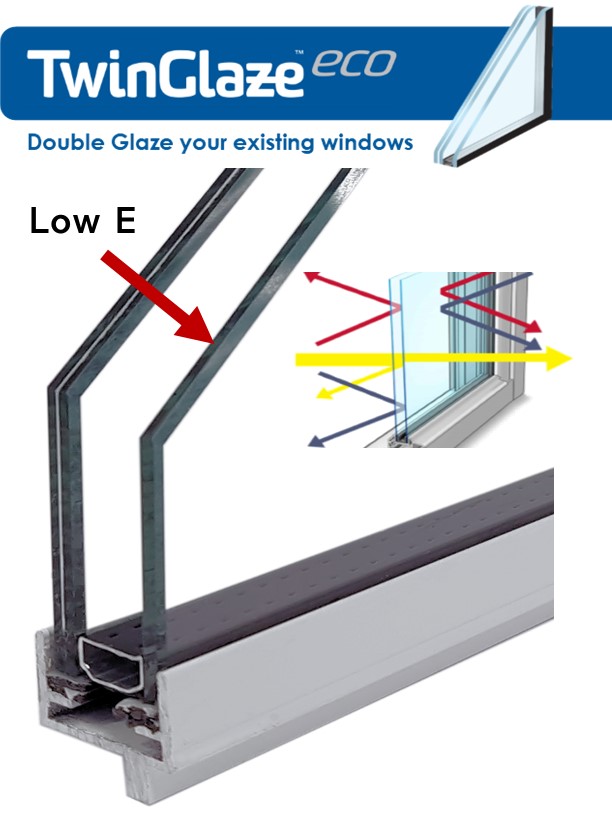All Categories
Featured
Table of Contents
Sustainability in Swan View WA
Glazing just indicates the windows in your home, consisting of both openable and set windows, along with doors with glass and skylights. Glazing in fact just means the glass part, but it is generally used to refer to all aspects of an assembly including glass, movies, frames and home furnishings. Taking note of all of these aspects will assist you to accomplish effective passive style.

Energy-efficient glazing makes your house more comfy and dramatically reduces your energy expenses. Improper or improperly developed glazing can be a major source of unwanted heat gain in summer and considerable heat loss and condensation in winter season. Approximately 87% of a house's heating energy can be gotten and approximately 40% lost through windows.
Double Glazed Windows In Melbourne in Booragoon WA
Glazing is a considerable investment in the quality of your house. A preliminary investment in energy-efficient windows, skylights and doors can considerably lower your annual heating and cooling costs.

This tool compares window choices to a base level aluminium window with 3mm clear glass. Comprehending some of the key properties of glass will assist you to select the best glazing for your home. Key homes of glass Source: Adjusted from the Australian Window Association The quantity of light that passes through the glazing is understood as noticeable light transmittance (VLT) or noticeable transmittance (VT).
Brisbane's Best Double Glazed Windows in Ballajura WA
The U value for windows (expressed as Uw), explains the conduction of the whole window (glass and frame together). The lower the U worth, the greater a window's resistance to heat flow and the much better its insulating worth.
For instance, if your home has 70m2 of glazing with aluminium frames and clear glass with a U worth of 6. 2W/m2 C, on a winter's night when it is 15C colder outside compared to inside your home, the heat loss through the windows would be: 6. 2 15 70 = 6510W That is comparable to the total heat output of a big room gas heating system or a 6.
Windows Of Opportunity: Your Guide To High-performance ... in Menora Perth

If you pick a window with half the U worth (3. 1W/m2 C) (for instance, double glazing with an argon-filled space and less-conductive frames), you can cut in half the heat loss: 3. 1 15 70 = 3255W The solar heat gain coefficient (SHGC) for windows (revealed as SHGCw) measures how readily heat from direct sunshine streams through a whole window (glass and frame together).
The lower a window's SHGC, the less solar heat it transfers to your house interior. Glazing makers state an SHGC for each window type and style. However, the real SHGC for windows is impacted by the angle that solar radiation strikes the glass. This is referred to as the angle of incidence.
Does Double Glazing Reduce The Heat In Brisbane's Summer? in Bedfordale WA
When the sun is perpendicular (at 90) to the glass, it has an angle of occurrence of 0 and the window will experience the optimum possible solar heat gain. The SHGC declared by glazing producers is always calculated as having a 0 angle of occurrence. As the angle increases, more solar radiation is reflected, and less is sent.
Table of Contents
Latest Posts
Does Double Glazing Reduce The Heat In Brisbane's Summer? in Spearwood Western Australia
Save Energy With Double Glazed Windows in Hocking WA
Triple Glazing – Pros & Cons in Ocean Reef Western Australia
More
Latest Posts
Does Double Glazing Reduce The Heat In Brisbane's Summer? in Spearwood Western Australia
Save Energy With Double Glazed Windows in Hocking WA
Triple Glazing – Pros & Cons in Ocean Reef Western Australia